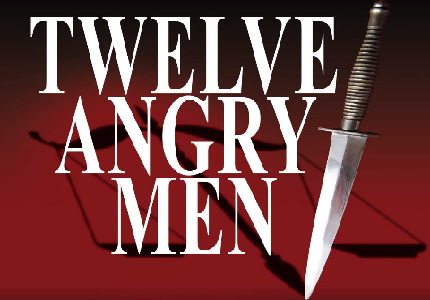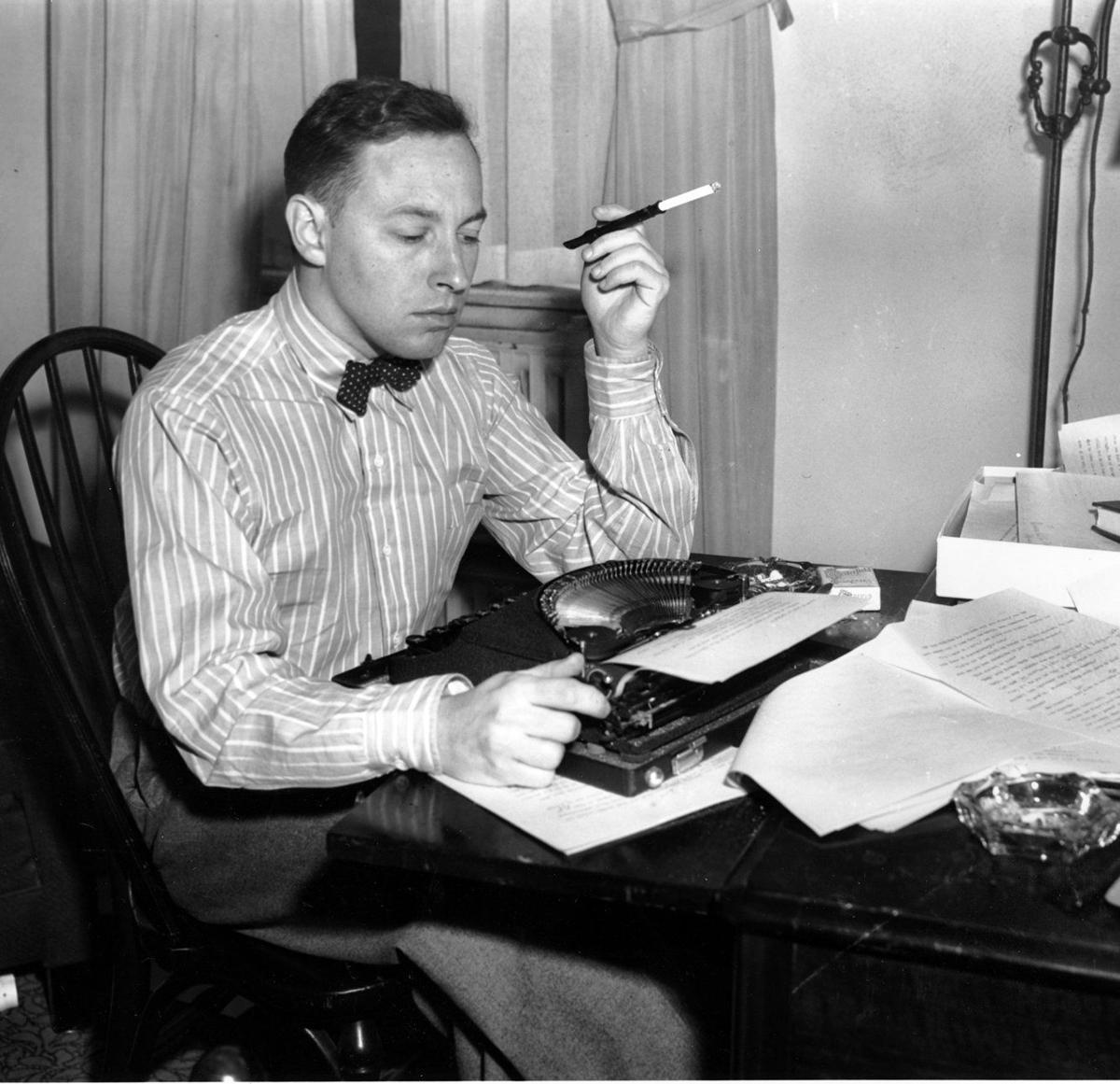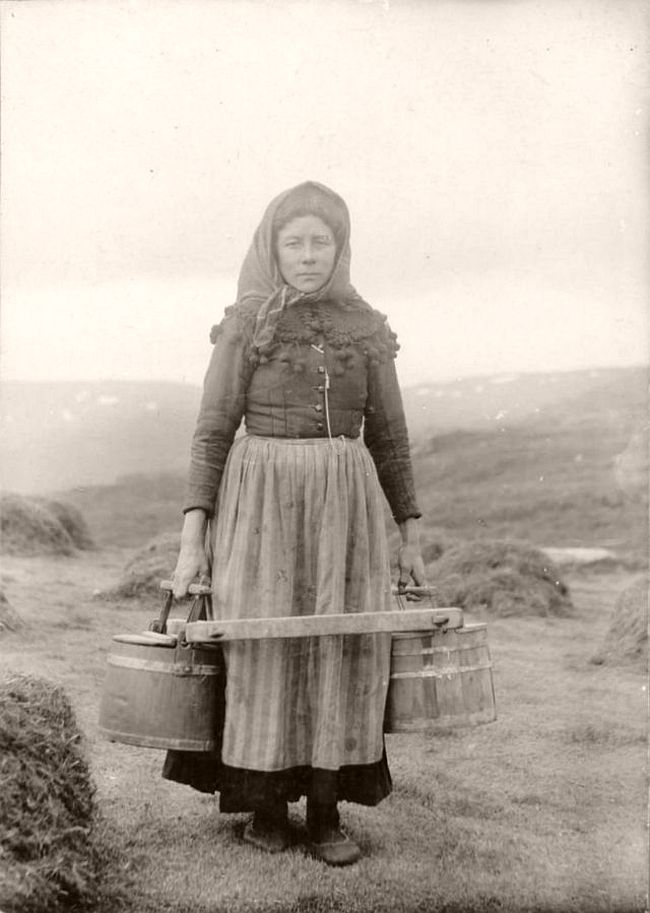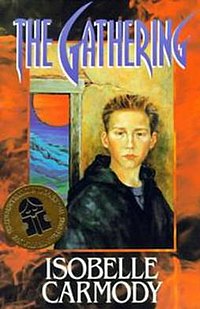
This Resource is for Mainstream English Students studying in the Victorian Curriculum the text Twelve Angry Men a play by Reginald Rose. NOTE TO STUDENTS: This Resource is based on the play and not the film version of Twelve Angry Men.
In Unit 1, Reading and Creating Texts students will be asked to produce an analytical response to a single text demonstrating a close knowledge with analysis and interpretation that includes the world of the text, its settings, characters, themes and ideas.
OR For Students studying ‘Twelve Angry Men’ with another Text/Film
In Unit 2, Reading & Comparing texts students will be asked to investigate how the reader’s understanding of one text is broadened and deepened when considered in relation to another text. Students also explore how features of texts, including structures, conventions and language convey themes, issues and ideas that reflect and explore the world and human experiences, including historical and social contexts.
The Basics of the Case of Twelve Angry Men:
At the beginning of Twelve Angry Men by Reginald Rose, the jury has just finished listening to six days of trial proceedings. A 16 year old is on trial for the murder of his father. The defendant has a criminal record (and a lot of circumstantial evidence piled against him). The defendant, if found guilty, would receive a mandatory death penalty.
The jury is sent to a hot, crowded room to deliberate.
Before any formal discussion, they cast a vote. Eleven of the jurors vote “guilty.” Only one juror votes “not guilty.” That juror, who is known in the script as Juror #8 is the protagonist of the play. As the tempers flare and the arguments begin, the audience learns about each member of the jury. Slowly but surely, Juror #8 guides the others toward a verdict of “Not Guilty.”
The relationship between the 3rd and 8th juror is the central one in the play:
The conflict between the 3rd and 8th jurors is based not just on their different opinions of the defendant’s guilt, but also on their different interpersonal styles. The 3rd juror is frustrated by the 8th juror’s slow and patient approach and his willingness to re-examine evidence and his admission that he does not honestly know whether or not the defendant is guilty of the crime. In fact their conflict represents the broader conflict throughout the play. It also is symbolic illustrating the nature of their conflict. It foreshadows how that conflict will ultimately be resolved since the 8th juror will not relinquish his position; the 3rd juror is ultimately forced to step down, changing his vote.
The Characters in the Play:
Instead of organizing the jurors in numeric order, the characters are listed in the order they decide to vote in favour of the defendant.
Juror #8:
He votes “not guilty” during the jury’s first vote. Described as thoughtful and gentle, Juror #8 is usually portrayed as the most heroic member of the jury. He is devoted to justice, and is initially sympathetic toward the 19-year-old defendant. At the beginning of the play, when every other juror has voted guilty he is the only one to vote: “not guilty.” Juror #8 spends the rest of the play urging the others to practice patience, and to contemplate the details of the case. A guilty verdict will result in the electric chair; therefore, Juror #8 wants to discuss the relevance of the witness testimony.
He is convinced that there is reasonable doubt. Eventually he persuades the other jurors to acquit the defendant.
Juror #9:
Described in the stage notes as a “mild, gentle old man, defeated by life and waiting to die.” Despite this bleak description, he is the first to agree with Juror #8, deciding that there is not enough evidence to sentence the young man to death.
Also, during Act One, Juror #9 is the first to openly recognize Juror #10’s racist attitude, stating that, “What this man says is very dangerous.”
Juror #5:
This young man is nervous about expressing his opinion, especially in front of the elder members of the group. He grew up in the slums. He has witnessed knife-fights, an experience that will later help other jurors form an opinion of “not guilty.”
Juror #11:
As a refugee from Europe, Juror #11 has witnessed great injustices. That is why he is intent on administering justice as a jury member. He sometimes feels self-conscious about his foreign accent. He conveys a deep appreciation for democracy and America’s legal system.
Juror #2:
He is the most timid of the group. Juror #2 is easily persuaded by the opinions of others, and cannot explain the roots of his opinions.
Juror #6:
Described as an “honest but dull-witted man”. Juror #6 is a house painter by trade. He is slow to see the good in others, but eventually agrees with Juror #8.
Juror #7:
A slick and sometimes obnoxious salesman, Juror #7 admits during Act One that he would have done anything to miss jury duty. He represents the many real-life individuals who loath the idea of being on a jury.
Juror #12:
He is an arrogant and impatient advertising executive. He is anxious for the trail to be over so that he can get back to his career and his social life.
Juror #1:
Non-confrontational, Juror #1 serves as the foreman of the jury. He is serious about his authoritative role, and wants to be as fair as possible.
Juror #10:
The most abhorrent member of the group, Juror #10 is openly bitter and prejudice. During Act Three he unleashes his bigotry to the others in a speech that disturbs the rest of the jury. Most of the jurors, disgusted by #10’s racism, turn their backs on him.
Juror #4:
A logical, well-spoken stock-broker, Juror #4 urges fellow jurors to avoid emotional arguments and engage in rational discussion. He does not change his vote until a witness’s testimony is discredited (due to the witness’s apparently poor vision).
Juror #3:
In many ways, he is the antagonist to the constantly calm Juror #8. Juror #3 is immediately vocal about the supposed simplicity of the case, and the obvious guilt of the defendant. He is quick to lose his temper, and often infuriated when Juror #8 and other members disagree with his opinions. He believes that the defendant is absolutely guilty, until the very end of the play. During Act Three, Juror #3’s emotional baggage is revealed. His poor relationship with his own son may have biased his views. Only when he comes to terms with this can he finally vote “not guilty.”
Reginald Rose’s drama, Twelve Angry Men ends with the jury agreeing that there is enough reasonable doubt to warrant an acquittal. The defendant is deemed “not guilty” by a jury of his peers. However, the playwright never reveals the truth behind the case. Did they save an innocent man from the electric chair? Did a guilty man go free? The audience is left to decide for themselves.
The Triumph and Fragility of Justice in Twelve Angry Men
The play is, in one sense, a celebration of justice, showing the workings of the American judicial system in a favourable light. Although initially the jury is inclined to wrongly convict a man without any discussion of the case, the persistence of Juror Eight ensures that the right verdict is reached in the end.
The play is also a warning about the fragility of justice and the forces of complacency, prejudice, and lack of civic responsibility that would undermine it. Several jurors show that they are virtually incapable of considering the matter fairly and listening to opposing points of view. Juror #7, whose only desire is to get out of the room quickly, is clearly unfit for jury service. Juror #3 insists that there is nothing personal in his negative comments about the defendant and that he is merely sticking to the facts. He denounces the arguments put forward by Juror #8 as emotional appeals. But there is an irony here, since the truth of Juror #3’s position is the opposite of what he claims. He is dominated by his own emotions arising from his bad relationship with his son. Because of this, he cannot look at the case dispassionately. He harbours an unconscious desire to vicariously punish his son by convicting the defendant, who is of similar age. Juror #8, on the other hand, refuses to let emotions interfere in the case. Unlike Juror #3 and Juror #10, the bigot, he brings no personal agenda to the deliberations and is solely interested in ensuring there is no miscarriage of justice.
Whether the play is regarded as a celebration of justice or a warning about how easily justice can be subverted depends on one’s views about the likelihood of a juror similar to Juror #8 being present in every jury.
Major Themes to Consider in Twelve Angry Men:
- Facts
- Justice and the justice system
- Compassion
- Prejudice and stereotypes
- Conflict
- Human fallibility and memory
- Reason and logic versus emotion
- Integrity and courage of conviction
There are 2 sides to an Issue:
There are 2 sides to an issue for and against. In 12 Angry Men social justice could be seen as an issue because of the setting of the play in the 1950’s whether all people in society have equal access to justice.
Values in society to consider:
- Honesty
- Personal responsibility
- Equality
- Freedom of expression
- Compassion
- Tolerance
- Justice
- Loyalty
- Trust
- Honour
Each author reveals their own values through the characters in the text. Positive values are often associated with characters that hold a positive viewpoint that is more likely what the author thinks. Whereas characters that hold a negative viewpoint are often rejected by the author.
All Resources created by englishtutorlessons.com.au Online Tutoring using Zoom for Mainstream English Students in the Victorian Curriculum



















